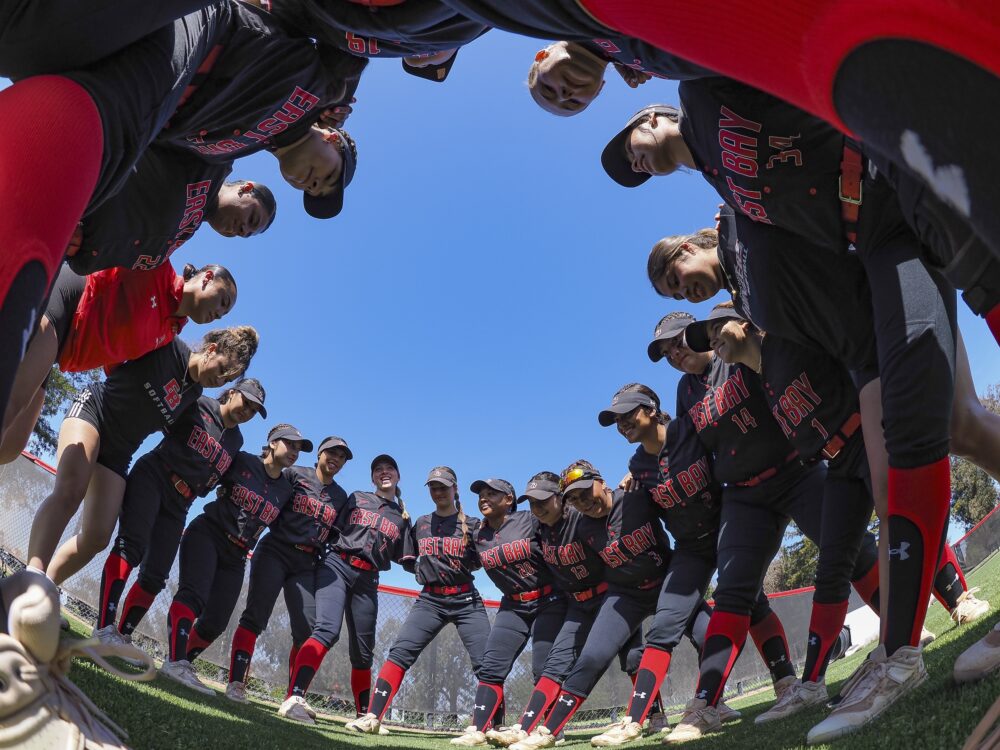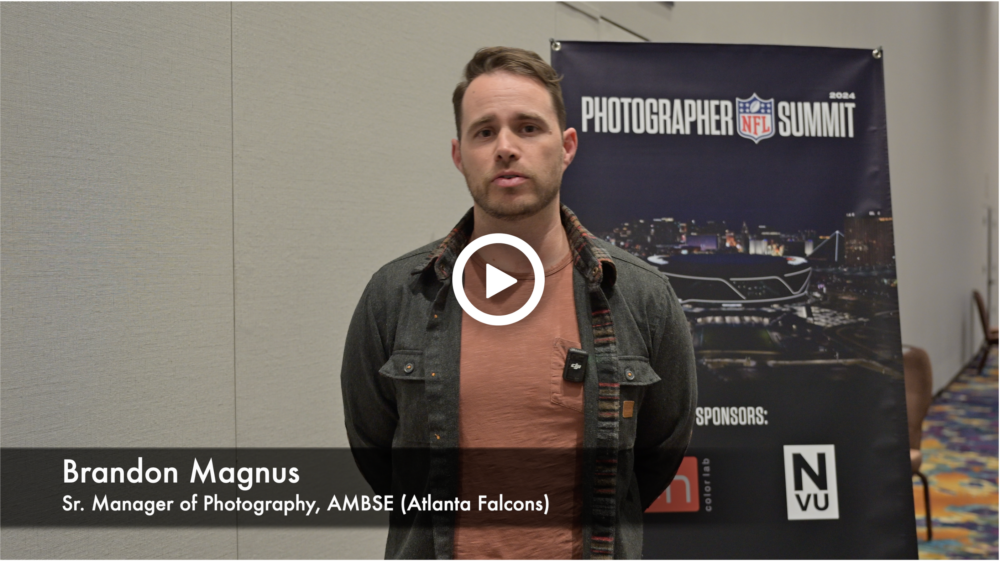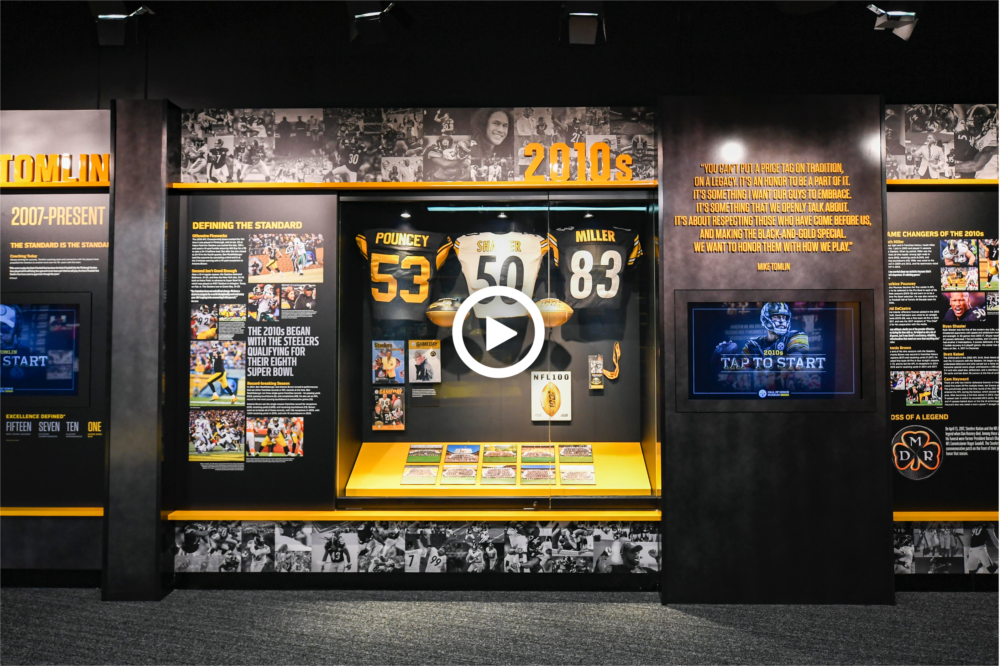Share
An Inside look at Team GB’s Olympic Content Workflow
A look at the daily workflow that Team GB photographers use to manage their photography at the Olympics.
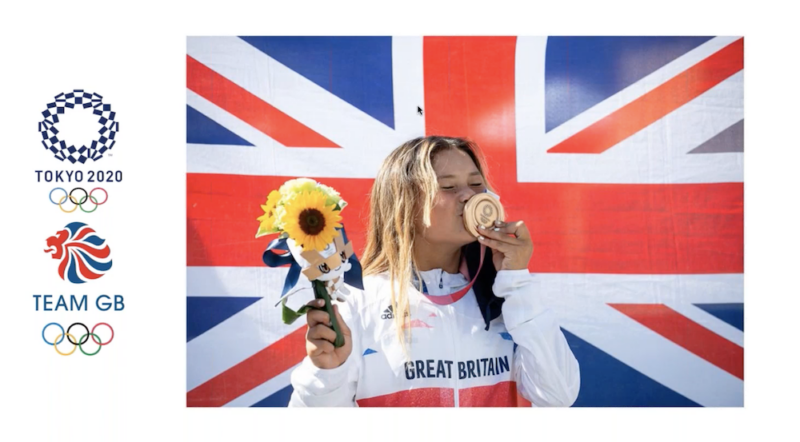
If you’re into watching sports either as an in-person spectator or from the comfort of your own home, chances are that you’ve followed the Olympics and Paralympics–two of the world’s most important sports competitions.For athletes, participating is a major sports achievement. Before making an Olympic team, many athletes spend up to eight years of intense training in their sport. Ultimately, it’s the journey from training to competing to winning medals that makes participating in and watching the Olympic games so special.But the sports performances aren’t the only stories to tell during the Olympics.
Each country’s team represents its culture too, and participating contributes to the historical legacy of their home. Capturing this legacy, and the teams’ and athletes’ journey through visual storytelling, plays a key role in making the games the spectacle they are today.
Visual Stories Through the Lens of an Olympic Photographer
It takes special technical skills and effort to capture those sports moments of strong emotions during the games. Sam Mellish is a seasoned pro at capturing these valiant athletes and team journeys, (and sometimes he captures the action while cruising on a snowboard !)
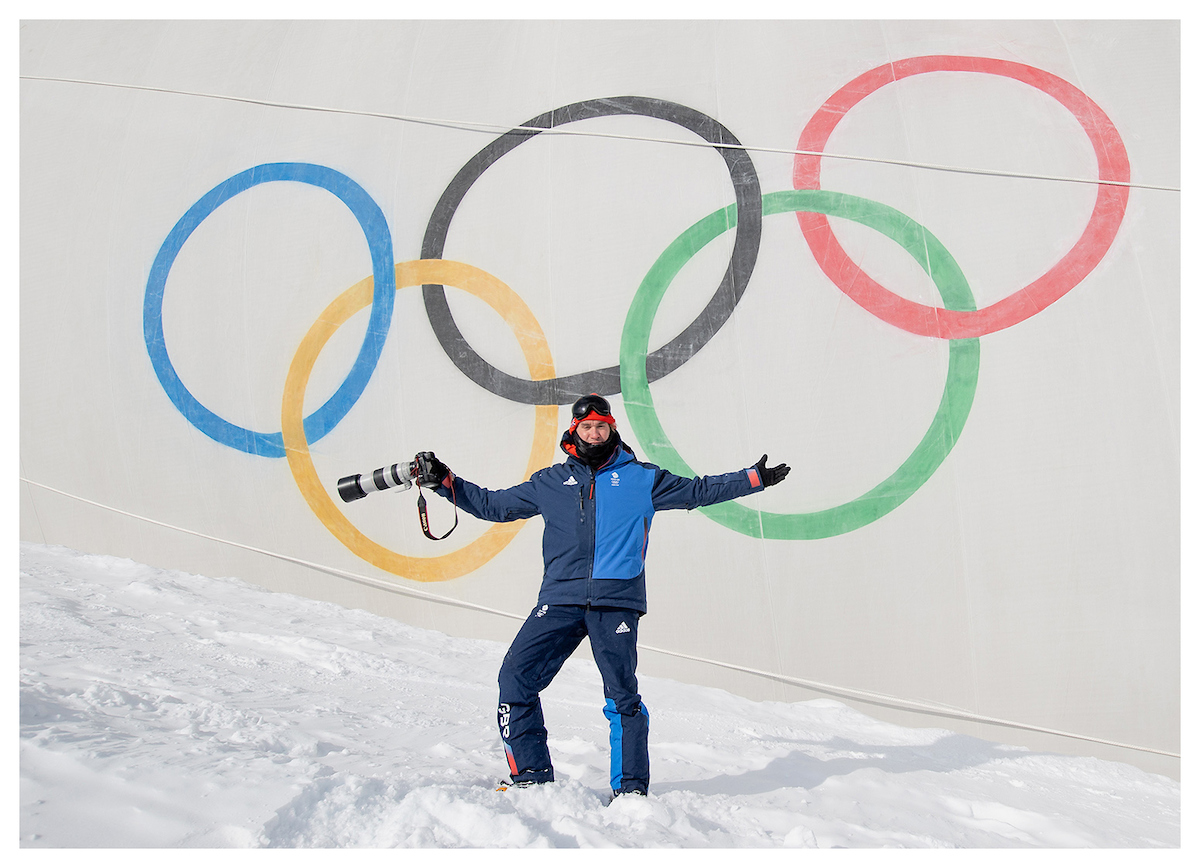
Sam has been working as a freelance action sports and editorial photographer based in London, England for over 12 years. In 2018, Sam was commissioned by GB Snowsports to cover the PyeongChang Winter Olympics in South Korea. This paved the way for future work with Team GB (British Olympic Association)and since, he’s documented numerous multi-sport events including the 2019 European Games in Minsk, the 2020 Youth Winter Games in Lausanne, the postponed Tokyo 2020 Summer Olympics, and the Winter Olympics in Beijing, 2022.
During our recent UK/EU Edition of the PhotoShelter Summit Sam broke down his workflow for documenting Team GB’s incredible journey at these major sports events. He took us through the team’s powered-by-PhotoShelter workflow—how they capture stunning images and share them from their cameras to audiences around the world in seconds.
The Power of a Moment at the Olympics
For Sam, it’s all about the Power of the Moment.“I’ve always believed that creating a photo is creating a moment. And I always try to produce a definite moment in my shots,” he said.
In the 15 years that Sam’s been developing his visual storytelling career, he’s gone from primarily shooting subjects on film to documenting live sports through a digital lens. He’s seen how this transition has transformed action sports photography and is in awe about how the industry has progressed so much in nearly two decades. You can now capture an image, send it off to the editorial team within minutes and it can be on all social media feeds in seconds.
He noted the impressive evolution of image sharing over the last 15 years: “In the past, an image would be shot, then 12 months later it will be in a print magazine. Now we’re shooting instantly and providing these images in live feeds.”
When it comes to documenting Team GB’s Olympic journey, Sam said it’s equally important to tell the stories of the athletes, as well as inspire fans. And Team GB’s mission statement clearly shares this point of view: “Engage fans and inspire new ones to become the best-supported team.”
He explained that during the games, once athletes win a medal, they go through the victory parade, which is a great opportunity for the athletes because it celebrates the hard work they’ve put in to get there. It gives them the chance to speak about their journey on being a Team GB athlete, and to share their stories with millions of people watching around the world.
How many people are on the team that documents the athletes’ journey? Sam said they have 5 photographers capturing their journey. These 5 photographers document over 33 competitions, and in the case of the Tokyo 2020 Olympics and Beijing 2022, many of the venues were within the sprawling Olympic Village complex. This presented many timing challenges since their brief was to capture images of all sports and all athletes and their medals. At the 2020 Tokyo Olympics, they had 374 athletes and 64 medal moments to capture which requires an intense team effort, planning, and collaboration. Plus, they have the added pressure of delivering perfectly edited images to stakeholders, such as the press, comms teams, athletes and sponsors, as quickly as possible.
So, how do they do it? Below we’ll break down how Team GB’s photography team documents and delivers Olympic images in real-time.
The Olympic Photography Workflow
PhotoShelter for Brands enables Sam and the other Team GB photographers to simplify the process of getting images from their cameras to their stakeholders. He said it’s crucial for photographers to add metadata, captions, and keywords in their images so they can manage their workflow faster and easier. This way their internal and external partners can quickly search for and find images of any athlete in Team GB’s PhotoShelter Library within seconds.
The photograph below is a great example of how Adidas, one of their partners, briefly used the image of a Team GB athlete a week after it was posted on Twitter. Sam mentioned the importance of athletes having direct access to the images, so they can quickly post them on their own social channels too.
The athletes sharing these real-time images of their Olympic journey on social media simultaneously build their personal brand and help the fans connect with them. Professional athletes who compete in the Olympics often have massive social media fans following their every move, so when they share Team GB’s photographs, they also expose global audiences to the photography team’s impressive work.
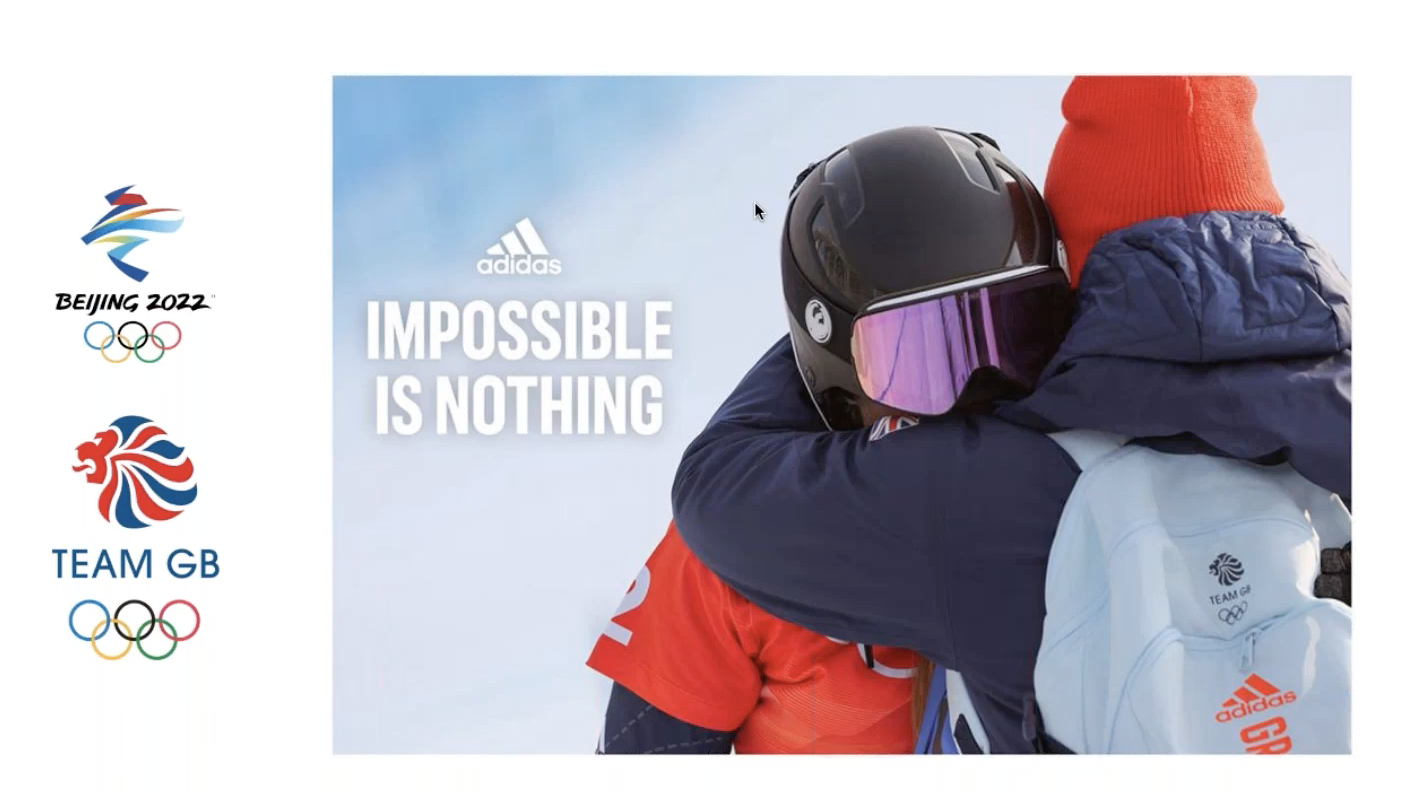
Let’s take a look at this video to see the daily workflow of Team GB’s Photography Team at the Olympics:
Organising the Olympic Image Collection
What makes Team GB’s visual content so successful? Their speed and agility as a creative team.
To distribute the team’s images to stakeholders quickly and easily, they share their highly-curated and organised PhotoShelter Portal. Through this public-facing page, stakeholders like the press and athletes can access and download images from Galleries.
How does Team GB make it easy for their internal and external partners to grab what they need in an instant?
They organise the assets in their Galleries by categorizing the moments they are briefed to capture along the athlete’s journey. From the team’s departure at the airport to the opening ceremony, medal ceremonies. and arrival back in England.
Beyond providing stakeholders quick and easy access to assets they want to use in real-time, Team GB’s Photography Team also uses the Public Portal to show audiences behind-the-scenes moments that they might not see on TV, in the press, or social media.
Watch this quick clip to see how the photography team organises and uses PhotoShelter Galleries:
7 Tips and Takeaways for Documenting Major Sports Events
As Sam showcased during this session, there’s a lot of planning and teamwork that goes into successfully documenting high-profile sports event like the Olympics.
If you work in the live sports and entertainment industry, you might be struggling to come up with creative ways to ensure every event you’re marketing is a success. Work SMARTER, not harder by taking Sam’s pro sports marketing advice below!
Here are 7 best practices to help you successfully document major sporting events:
- Have a really good team behind you
For such major sports events, teamwork is crucial. There’s a lot going on and it can get very intense. To set you up for success ensure you have a great team behind you, both on-site and offsite. It’s really reassuring when something happens to know support is a phone call or a message away.
- Be adaptable, things come up
This is the Olympics—it’s very busy and time is tight. You may have multiple venues that are spread far apart within the Olympic Village, so some things may not go as planned. Be adaptable and ready to change tactics. With a great team behind you, it will be much easier to do.
- Do your research about the sport
It’s important to do your research and familiarise yourself with the sports you’ll be documenting. This will put you at ease and help you plan what types of images you want to capture.
- Get to know the athletes
For the Olympics and other major sports competitions, it’s the athletes who are the protagonists of the games. It’s an emotional journey for them, so get to know them and build relationships with them and their teams. It will enable you to document their journey and tell their stories authentically.
- Use the right tech for speed
Speed is the name of the game when documenting the Olympics and any other sports competition. You have different stakeholders who need your images ASAP. Make sure you’re set up for success with the right tech. A digital asset management platform like PhotoShelter will help you organise your images and get them from your camera to the hands of key stakeholders quickly and easily.
- Do as much preparation as possible
This is linked to the points above – preparation is key. Whether is doing your research about the sports and athletes you’ll be covering or ensuring you have the right tech in place in advance. In the case of a digital asset management platform like PhotoShelter, make sure you have your Galleries and metadata fields ready.
- Speed is your friend, use your time wisely
With multiple sports and venues to cover, time is of the essence. Use your time wisely and make the most of the available tech tools and human support to ensure your workflow is as smooth and fast as possible.
